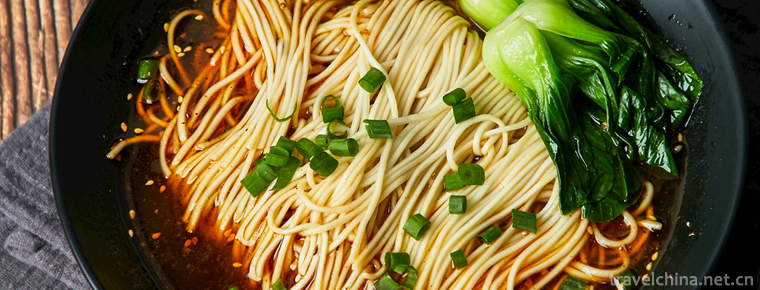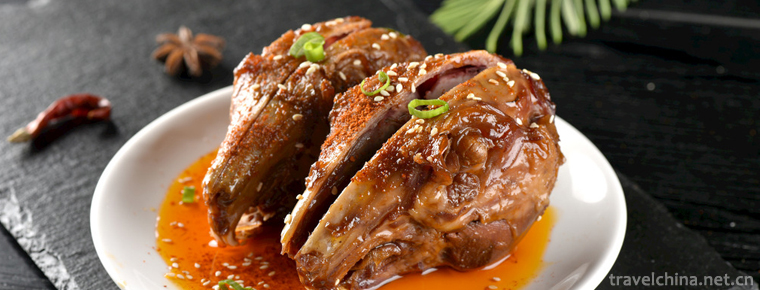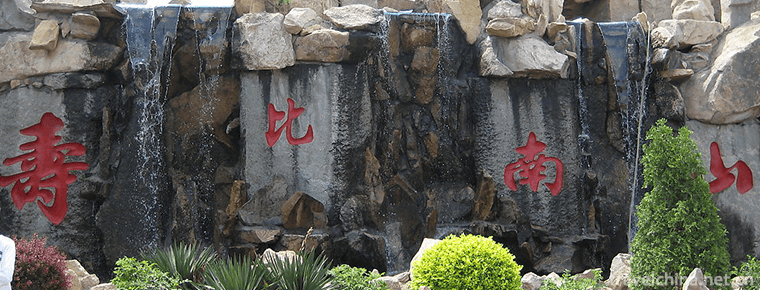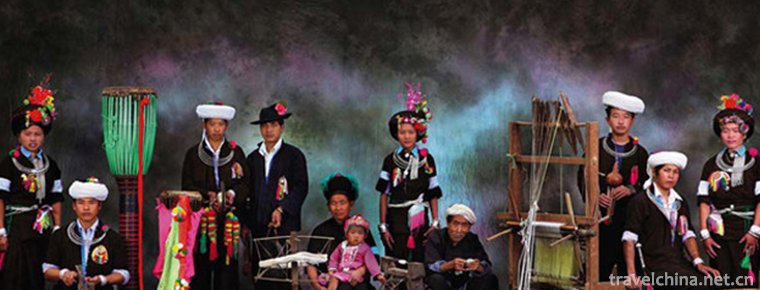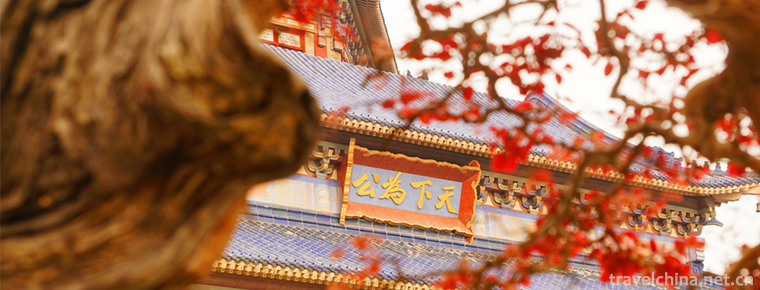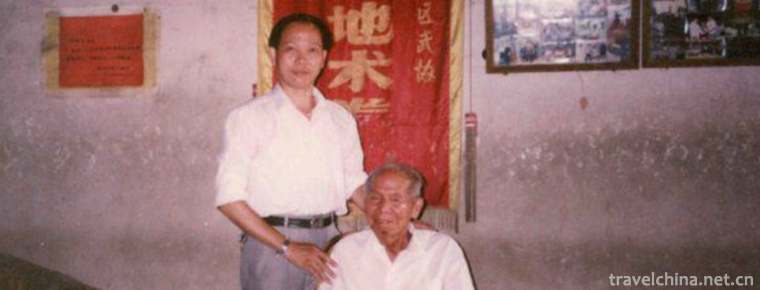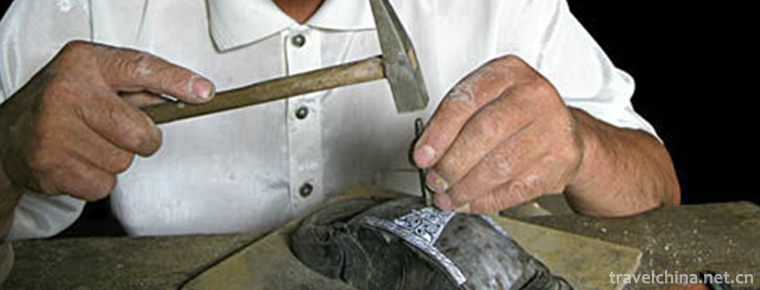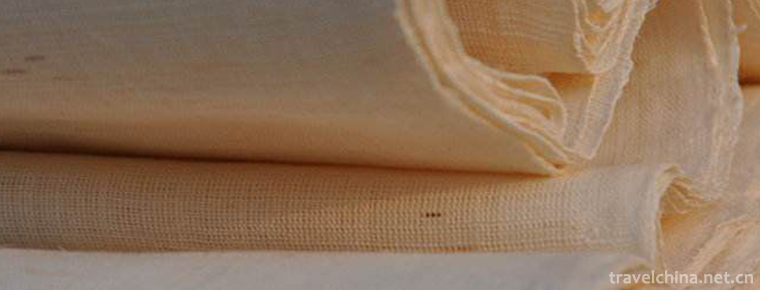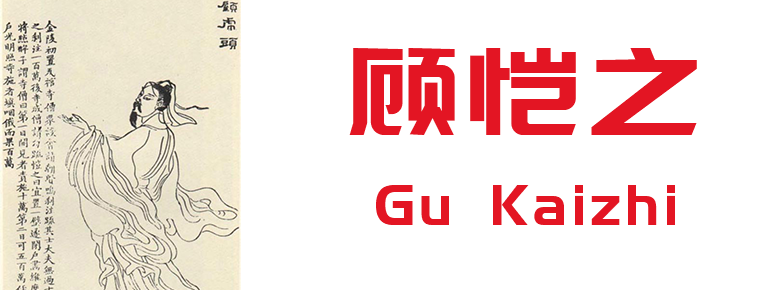Monkey Drum Encouragement of Yao Nationality
Monkey Drum Encouragement of Yao Nationality
"Monkey Drum Dance of Yao Nationality" is called "Jiuglang" in Yao language. It is popular among Baiku Yao people in Yaoshan. "Monkey Drum Encouragement" is performed in funeral and sacrificial occasions, constituting its specific dance form. Bai Kuyao worships ancestors very much, so his funeral is particularly exquisite. It mainly includes several procedures, such as washing the corpse into the coffin, chopping cattle to mourn, dancing Jiu Grang, drinking and carrying the coffin, setting the coffin in a shallow pit, dining at a long table and crossing the three dynasties. Dancing "monkey inspiration" is one of the most important activities.
On June 7, 2008, the Yao monkey drum was listed in the second batch of national intangible cultural heritage list with the approval of the State Council.
Historical Evolution
Once upon a time, there was an old Yao family named Bunu, who lived near the Pinghu River. His ancestors had helped Hou Ye for generations and suffered miserably. In Bunu's generation, Hou Ye and Wanhu Hou Ye across the river fought for territory. In order to win, Hou Ye needs all the helpers to go to the battlefield. If he doesn't go, he will be chopped by thousands of knives. When Bunu saw that Hou Ye was so vicious that he could no longer wait to die here, he secretly told his Yao brothers that thirty-six plans were the best.
After listening to Bunu's words, the Yao brothers gathered together one night and fled to the place where there were mountains.
Bunu took ordinary people away for a long time and was known by Hou Ye. He was so angry that he wanted to personally lead the troops to catch the escaped people back with thousands of knives. Because he was fighting with thousands of households and could not get away from them, he told the emperor that Bunu had brought ordinary people to fight against the South and asked the emperor to send troops to pursue and suppress them. At that time, the emperor was the sole guardian of his subordinates. Upon receiving the report from the Hou Ye, he immediately sent troops to the south to pursue the escaped Yao people. Royal soldiers will chase all the way, and many Yao people will be killed by them. Bunu, who was a scheming man, eluded the pursuit all the way, and led ordinary people into a mountain. The mountain is a hundred miles long and wide, with towering ancient trees and flocks of wild animals. There was a cave on the top of the hill. Bunu saw that it was a good place to hide. He led his compatriots into the cave and hid in it.
Bunu had not been hiding in the cave for three days before the Royal Army would catch up again. They were surrounded by four routes, from bottom to top, getting closer and closer to the cave. When Bunu saw the soldiers approaching, there was no way out. While he was sighing and waiting for his death, beside the rocks, a big monkey burst out, with a group of small monkeys, running in front of Bunu, dancing his plush arms, "squeaking and chirping" ceaselessly. Bunu didn't understand what the monkeys were talking about and ignored them. The monkey took Bunula to the rock gate. He looked down, and the imperial soldiers came straight to the cave, knowing that the situation was not good. When Bunu had no idea, he said to the monkey, "Brother monkey, if you have spirituality, please do me a favor and lead the royal soldiers away. Our Yao family will not forget you for generations."
As Bunu spoke, the big monkey gave a cry and took the monkeys to the rocks.
Soon after, only the sound of bells and drums and gongs came from the mountains opposite the forest. The noise was strong or weak, tinkling when sick, as if someone was celebrating something at the top of the ridge. At this time, the Royal pursued Yao soldiers, heard the sound of drums and gongs coming from the hilltop, thought it was Bunu who were celebrating the victory, and shouted: "Chase! They are playing drums and dancing on that hill!"
When Bunu heard the cry, he pulled the leaves out of the cave and looked at the top of the opposite hill. He saw a few monkeys knocking on the stalactites with stones on the rock wall, beating and jumping with joy. Royal soldiers, panting, climbed to the top of the hill to see a group of monkeys in the game, they were so angry that they could not catch Bunu, they had to catch monkeys to relieve hatred. They rushed up and the monkeys ran away. They stopped and the monkeys stopped and danced towards them. In this way, after chasing and stopping, the monkeys ran through several beams, and led the royal soldiers to the mountains full of insects and snakes. The Royal Soldier would never dare to flee again, so he had to retire and return to the DPRK.
After the monkey led the Royal pursuers away, Bunu and his Yao brothers settled down in the mountains. As they fight against wild animals and cultivate wasteland, they live quietly in isolation from the rest of the world. Later, Bunu remembered that the Yao family could live on this high mountain without being killed by the Royal generals who had come after them. It was all helped by the spiritual monkeys. In order to repay the monkey's kindness, every spring, Bunu chose a day to lead the Yao brothers, prepare three sacrifices of wine, burn incense and offer sacrifices, and call on everyone to beat drums, gongs, monkey masks, learn the monkey's movements, and dance monkey drums to inspire and beat monkey drums happily.
In memory of the migration of the ancestors and the escort of the monkeys, the Yao people imitated the scenes of their ancestors climbing mountains and wading waters, and the dance of the monkeys climbing and jumping. Over time, the dance of sacrificing ancestors and commemorating the monkeys evolved into an important ceremony in the funeral and sacrifice activities of the Yao people. It is a folk sacrificial dance for the ancestors of the Baikuyao nationality, which only spreads in the Baikuyao area of Yaoshan Yao nationality township in Libo County.
Stylistic features
Basic movements
"Monkey Drum Dance" mainly consists of three parts: single dancing, double dancing and group dancing. They are to open the road, walk and send the elderly. It is characterized by drum beating by wooden drummers, and its dancing posture is characterized by buckling chest, bending knees, crouching, steadfastness and beating drums back and forth, accompanied by imitating monkeys'various postures and expressions. Its movements include "three beats on drum face", "lotus flower", "back" and "foot piercing". Its dancing movements are soft and rigid, rough and simple, with light and heavy points. Ming Dynasty, strong sense of rhythm, jumping posture lively and unique charm.
When dancing, people gathered in a big circle, with leather drums standing in the circle, and several or more copper drums suspended on the other side. There are two musicians on each side of the drum, one beats the drum, and one holds the "resonance box" like a steamer behind the drum. Like water, the drum goes in and out behind the drum, so as to make the sound of the drum more often deep, thick and pleasant. In the sound of bronze drums, the drummer beats and dances around the drum. The drummer is the leader and conductor. He hit the drum face and body. People danced one after another with drums, imitating monkeys'various postures and movements, climbing, climbing, jumping, jumping, dancing in a soft, rigid, light and heavy manner, fully reflecting the heroic image of the Yao people.
When playing, the drum is usually placed on the drum stand. The player stands beside the drum and plays with both hands. It can also be hung around the neck by a drum tie, and danced while hitting the belly. One can carry a drum and the other can dance while hitting. The timbre is rugged. It is mainly used for accompaniment of the Yao folk dance Monkey Drum Dance. The dancers are usually twelve, no matter how many. The performers disguised themselves as monkeys, beating monkey drums, gongs, cymbals, or holding golden hoops, banana fans and other props, simulating monkeys'jumping, scratching, playing and other movements, dancing, the beginning of the whole dance, speed, are also based on the rhythm of monkey drums.
On the Danu Festival of the Yao nationality, people collectively perform "Monkey Drum Encouragement". The high drums and vigorous dances add a warm atmosphere to the festival. For days in a row, all night long, to the best of the party scattered.
Prop
Yao Monkey Drum and Yao Membrane Singing Instrument. It was named for its accompaniment to Monkey Drum Encouragement. It is prevalent in the Yao nationality area of Shanglin County in the central part of Guangxi Zhuang Autonomous Region.
Legend has it that every Danu Festival (also known as Yao Year or Zuniang Day) of the Yao nationality, the Yao people of the Bunu tribe hold three grand national festivals from May 27 to 29 of the lunar calendar to commemorate the great victory of their ancestors in resisting the feudal dynasty. At that time, Yao people, men, women and children, dressed in costumes, gathered in drum halls from all sides for celebrations. The gongs and drums are noisy, people sing and dance, performing folk dances such as monkey drum, bronze drum, Lusheng dance, horn dance, etc. The dancers dance while playing, the atmosphere is very warm, reflecting the struggle and production activities of Yao ancestors.
The drum frame is made of the whole section of camphor wood hollow, which is round and pier-shaped. The drum mouth is 25 cm in diameter and 35 cm in height at both ends. The drum waist is slightly larger than the waist diameter. The two ends are covered with goat skin. The skin surface is larger than the drum mouth 20 cm. There are several small holes drilled around the edge. Small sticks are pierced between each two holes. The small sticks corresponding to the drum skin are roped to each other. Back tightening, the middle of the rope is tightened with a small wooden rod, and then into the wood wedge, the drum skin can be tightened. Guchu wood, straight rod-shaped, 30 cm long.
Current situation of inheritance
The inheritance of "monkey drum" still maintains the form of family oral teaching, with unique national characteristics and ancient heritage. With the rapid development of economy and society, the daily changes of people's lives in urban and rural areas, the infiltration of various foreign cultures, and the migration of young Yao men and women to work, there are few folk inheritors. In addition, "monkey drum dance" is a kind of sacrificial dance formed by folk spontaneous organizations, which faces the threat of assimilation, alienation, loss and extinction. Its inheritance of skills is endangered and endangered.
Inheritance Significance
The whole dance style is simple and rugged, enthusiastic and fierce, and there are many vigorous and agile jumping and running scenes, which fully reflects the original national character of the Yao people.
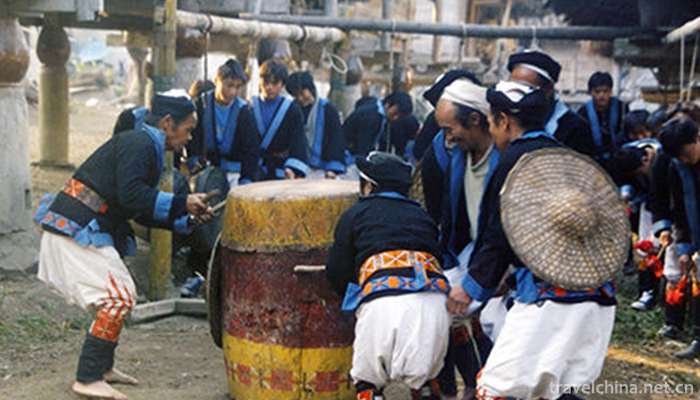
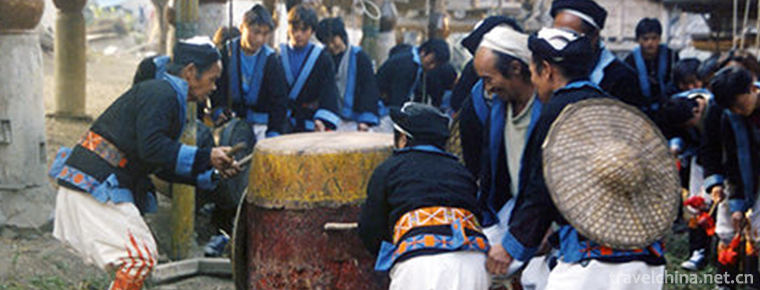
Monkey Drum Encouragement of Yao Nationality
-
Chongqing small noodles
Chongqing small noodles is one of the four characteristics of Chongqing
Views: 325 Time 2018-10-12 -
Rabbit head
Rabbit head is a traditional snack in Sichuan Chengdu, Shanxi Datong and Zhejiang Quzhou.
Views: 277 Time 2018-10-13 -
Longkou Nanshan Scenic Area
Nanshan tourist scenic spot is located in the beautiful scenery of Lu Shan in Longkou City, Yantai City, Shandong province. The scenic spots of Nanshan Temple
Views: 145 Time 2018-12-08 -
Japa Ma and Jami Ma
Japa Ma and Jami Ma are the local traditional folk literature in Lianghe County, Yunnan Province, and one of the national intangible cultural heritage.
Views: 227 Time 2018-12-15 -
Sun Yatsen Memorial Hall
Zhongshan Memorial Hall is located in Dongfeng Middle Road, Yuexiu District, Guangzhou City, Guangdong Province. It was built by the people of Guangzhou and overseas Chinese to commemorate Dr. Sun Yat
Views: 164 Time 2018-12-22 -
Di Shu boxing
Gejiquan is one of the rare traditional types of boxing in southern China, also known as "Gejiu Dog Method", "Dilong Quan" or "Dili Quan". It is commonly known as "D
Views: 446 Time 2019-04-26 -
Lotus fall lian hua lao
Lotus Flower is a kind of traditional folk art with both rap and singing. The performers are mostly one person, self-talk and self-sing, self-play seven pieces of accompaniment.
Views: 159 Time 2019-05-13 -
Lead tin carving
Lead and tin carving, a local traditional skill in Jingzhou City, Hubei Province, is one of the national intangible cultural heritage.
Views: 294 Time 2019-06-10 -
Weaving Techniques of Summer Cloth
Wanzai summer cloth is completely manually woven. Its production process mainly consists of ramie treatment, yarn performance and weaving. It needs many processes to weave.
Views: 225 Time 2019-07-01 -
Gu Kaizhi
Gu Kai Zhi (348 to 409 years), the word is long, the small character tiger. Han nationality , Jin Ling Wuxi people (now Wuxi, Jiangsu province). Outstanding painter, painting theorist and poet. Becaus
Views: 188 Time 2019-09-07 -
Ganzi Zanba
"Zanba" is the Tibetan transliteration of fried noodles. It is a staple food that Tibetan people must eat every day. If you are a guest of Tibetan compatriots' homes, the host will bring you fragrant milk tea and highland barley fried noodles, golden butter and milk yellow "Qula" (casein) and sugar stacked on the table.
Views: 99 Time 2020-12-06 -
Mianyang Tourism
In 2018, Mianyang City realized a total tourism revenue of 64.766 billion yuan, an increase of 21.5%. Among them, domestic tourism revenue was 64.740 billion yuan, an increase of 21.4%; foreign exchange income of tourism was 3.8889 million US dollars,
Views: 189 Time 2020-12-14
